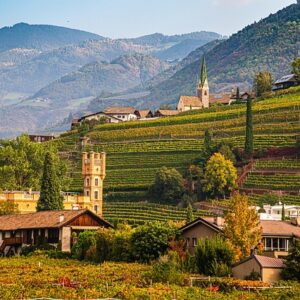In a proud moment for wildlife conservation,Gir National Park, the sole habitat of the majestic Asiatic lion, has recorded a significant growth in its lion population. According to the latest census by the Gujarat Forest Department, the population has risen to675 lions in 2025, marking a10% increasecompared to the previous count in 2020.
A Triumph of Conservation Efforts
- Population Growth Over the Years:
The Asiatic lion population has steadily increased, rising from 523 in 2015 to 675 in 2025, showcasing the success of sustained conservation strategies.
(Gujarat Forest Department) - Expansion Beyond Gir:
Lions have been sighted in new territories, including the Girnar Wildlife Sanctuary and nearby revenue areas, indicating healthy dispersion and growth.
Key Conservation Strategies
- Habitat Management:
The Gujarat government has implemented extensive afforestation and water conservation measures to enhance the lions’ habitat, ensuring access to adequate prey and water sources. - Community Involvement:
Local communities have played a pivotal role in conservation, with programs promoting coexistence and compensation schemes for livestock losses due to lion attacks. - 24×7 Monitoring:
Advanced surveillance, including GPS collars, camera traps, and drones, enables real-time tracking of lion movements, helping prevent conflicts and monitor health.
Economic and Ecological Impact
- Tourism Boost:
Gir National Park attracts over 5 lakh visitors annually, generating an estimated ₹250 crore in tourism revenue, supporting local livelihoods. - Biodiversity Preservation:
The thriving lion population signifies a balanced ecosystem, benefiting other species like leopards, hyenas, and various herbivores that share the habitat.
Challenges Ahead
- Human-Wildlife Conflict:
As lions expand into revenue areas, the risk of human-wildlife conflicts increases. The government is intensifying awareness programs and ensuring timely compensation for affected communities. - Habitat Fragmentation:
Efforts are underway to expand protected zones and establish wildlife corridors to mitigate habitat encroachment.
Future Goals
- Lion Translocation Program:
Plans to relocate a portion of the lion population to Kuno National Park in Madhya Pradesh aim to reduce habitat pressure and ensure genetic diversity. - Continuous Monitoring:
Strengthening surveillance and veterinary care will remain priorities to sustain the population’s health and growth.
Gir National Park: A Beacon of Conservation
The growth in Asiatic lion numbers is a testament to Gujarat’s exemplary conservation efforts. As Gir National Park continues to safeguard this iconic species, it stands as a global model for wildlife protection and coexistence.









